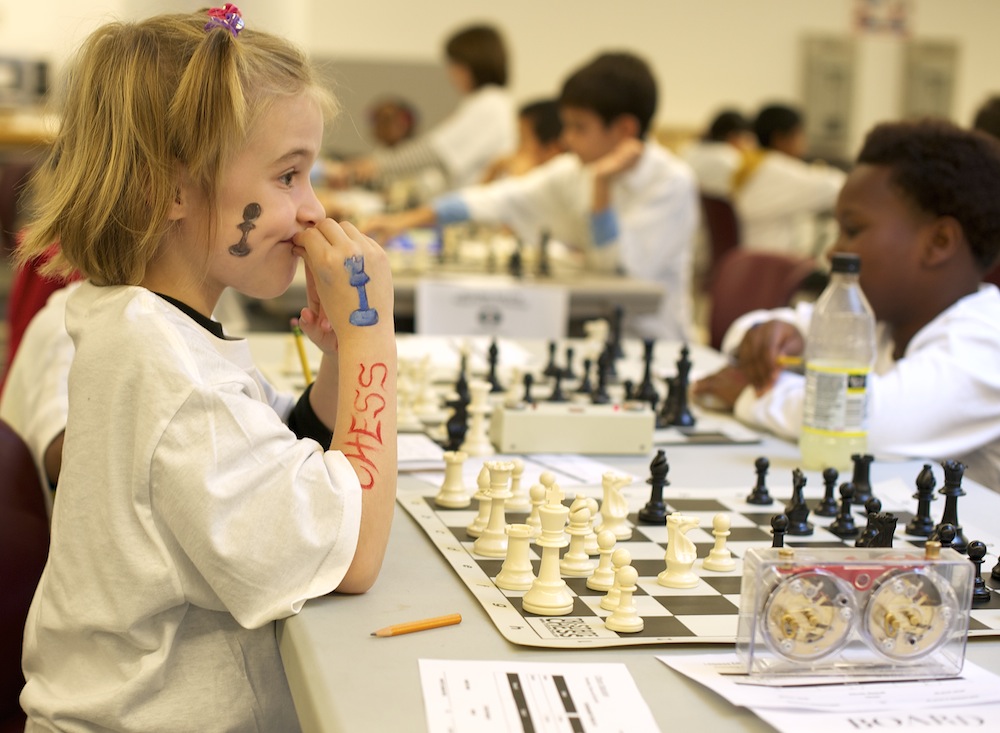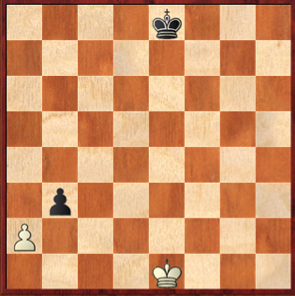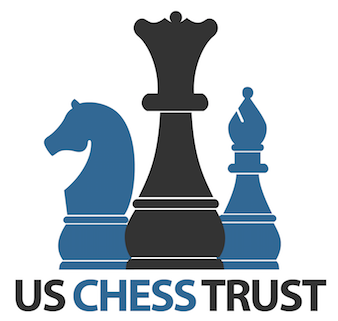The Chess Files: At what age can you begin to teach chess to a child?

The Chess Files
The answers are out there.
By Jim Eade
At what age can you begin to teach chess to a child? According to Dr. Alexey Root, a former U.S. women’s champion and a senior lecturer at UT Dallas, you can begin as early as five years old. At least that’s what I took from her new book “Thinking with Chess” which has the subtitle “Teaching Children Ages 5-14.”
In this book Root differentiates between challenges and puzzles. The challenges use fewer pieces and pawns than in a complete chess game, take much less time to complete, and are manageable for children as young as 5 years old, as long as they are paired with more advanced chess youngsters or adults. Root maintains that the challenges remain intriguing to older children as well, because they require strategy. As I worked my way through the book, I found no reason to doubt her.
Challenges have multiple correct answers and help develop divergent thinking. Puzzles, on the other hand have predetermined right answers. This helps to develop convergent thinking. Both, she maintains, are important for academic success.
What I loved most about this book is how Root ties puzzles and challenges to academic areas. The Classify type of challenge, for example, is tied to science where a student might be required to classify animals, for instance. This connection is critically important to make for administrators, who might otherwise be skeptical about chess in their schools.
The advancement of the science of chess instruction in the last decade or so is astonishing. My main complaint is that this was unavailable to me when I was teaching chess in schools in the 90’s! In those days most, if not all, of us were winging it.
With this book in hand, Root asserts that even non-chess playing adults can administer the lessons. Chess players are typically skeptical about such assertions, but she has turned me into a believer. Highly recommended.
Here is an example from the “Moves of the chessmen worksheet.”
The white pawn can move to a3, a4, and which other square?

The pawn captures diagonally, so it can also move to b3, capturing the black pawn.
As always, you can send your chess questions directly to me at jimeade@comcast.net.

